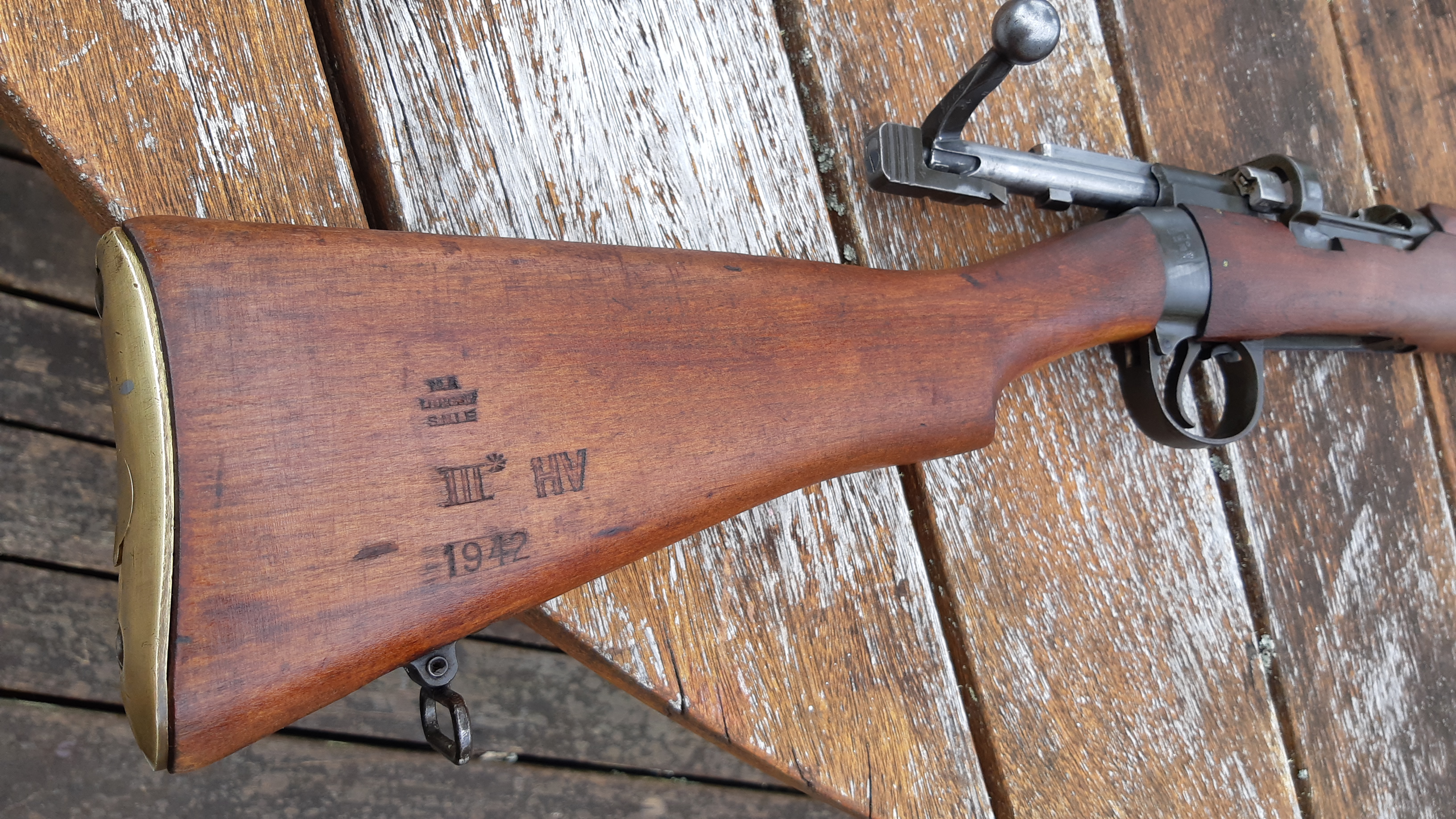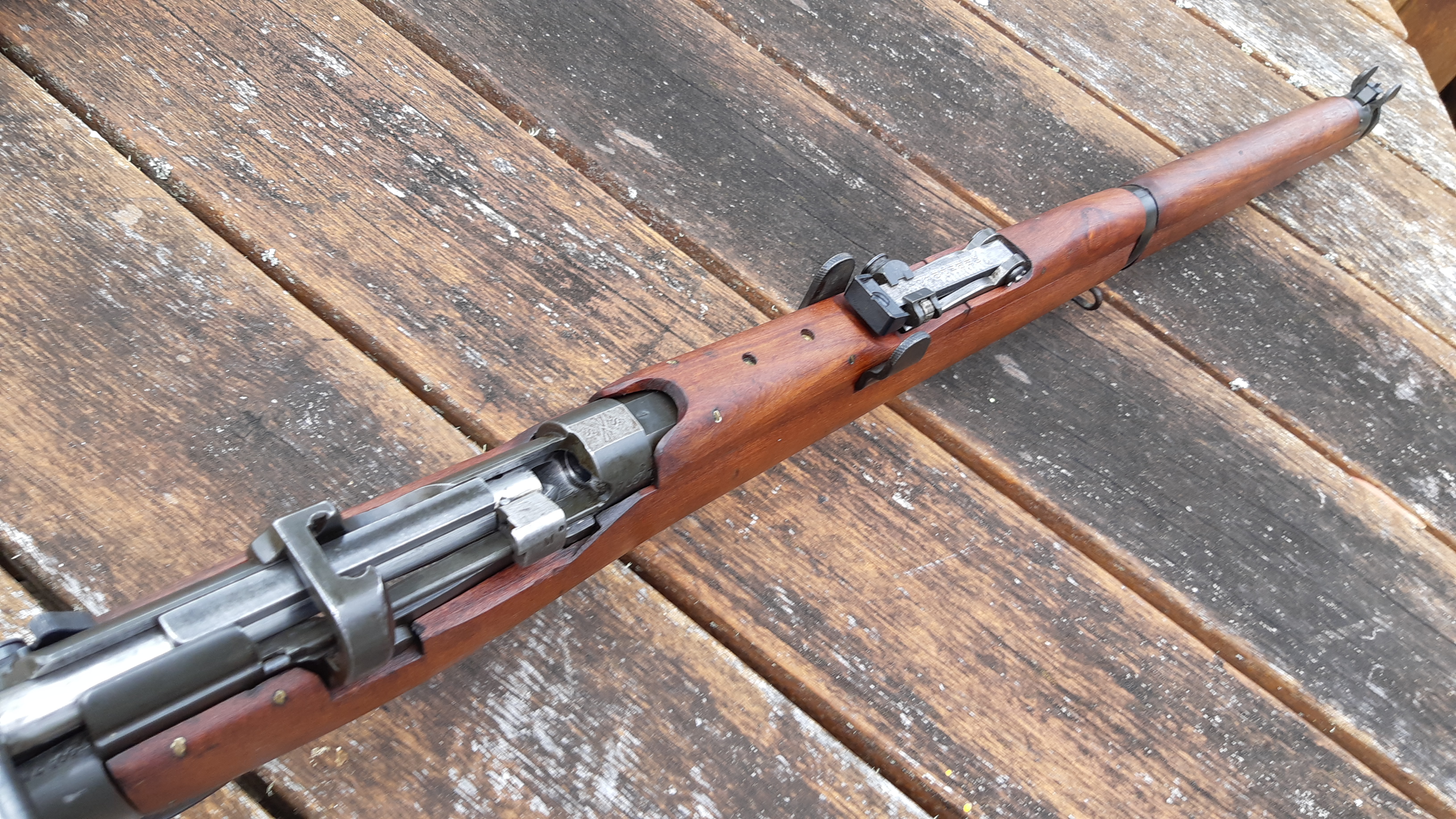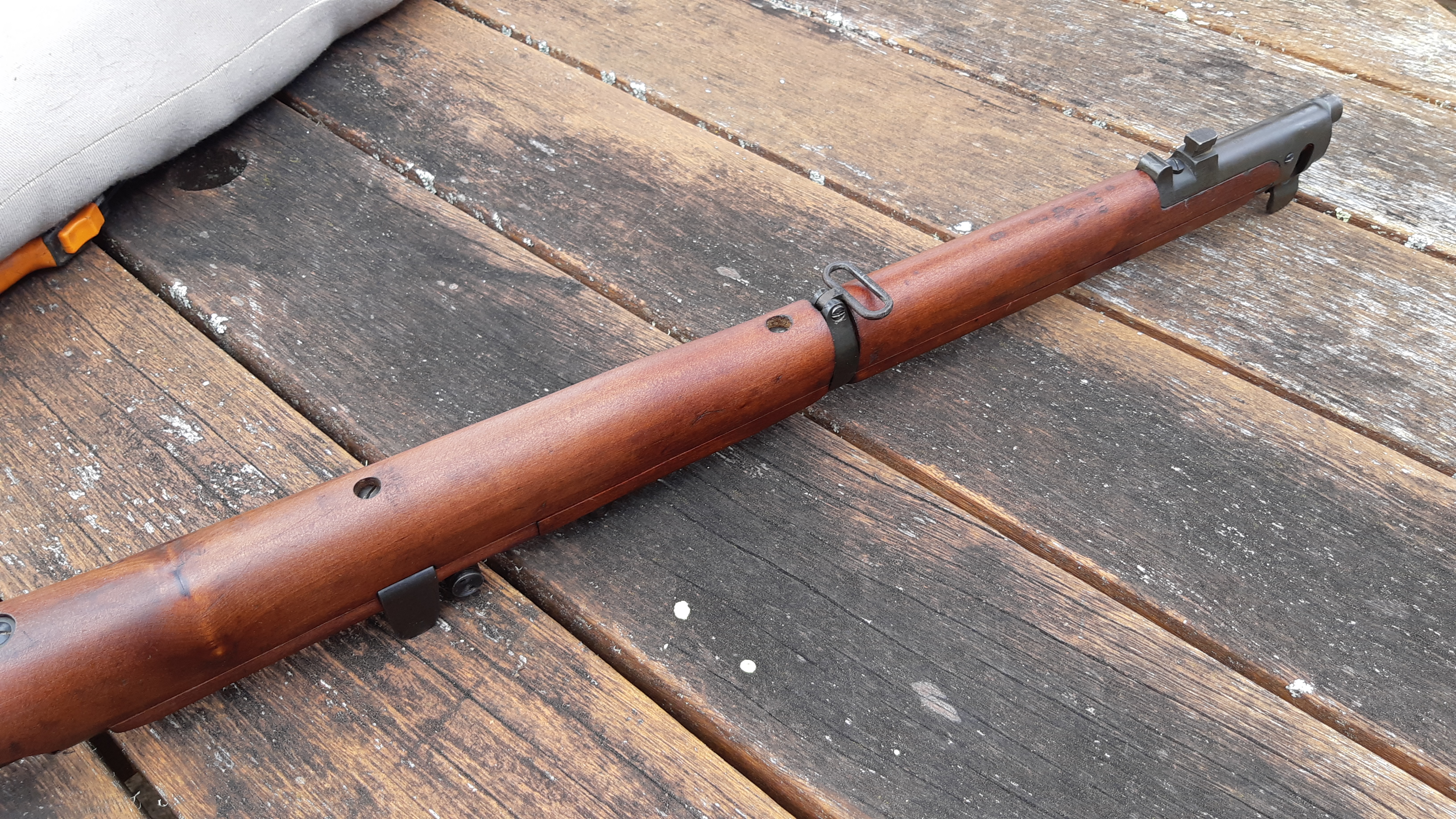Nice one.
My permit for the small parts for my No1 MKIII* has arrived, but now the US seller is sold out of some parts.
I'll wait until after New Years to order.
Still also waiting on my repro stock set.
Welcome guest, is this your first visit? Create Account now to join.
Welcome to the NZ Hunting and Shooting Forums.
Search Forums
User Tag List
+ Reply to Thread
Results 16 to 30 of 43
-
01-12-2019, 10:06 AM #16Welcome to Sako club.
-
-
01-12-2019, 10:18 AM #17Member

- Join Date
- Aug 2017
- Location
- King Country
- Posts
- 2,465
-
01-12-2019, 10:33 AM #18
@Gordo what's your source of this information? In my 20 years as an industrial chemist in paints plastics and adhesives acetone was considered as one of the least hazardous common solvents
The only connection to isocyanates was as a carrier solvent for specific foam making applications.
The mixture had to be used rapidly as any trace of water reacts with the isocyanate (usually TDI, or HMDI) to produce carbon dioxide and biuret.
Acetone is voc exempt in paints meaning that it is not included in the hydrocarbon total for emissions
Interestingly diabetics produce it in their bodies and a telltale diagnostic for someone who is low on insulin is the smell of paint thinners on their breath.
Sorry for the lecture but I have a passionate dislike of false facts brought on by the current climate.
-
01-12-2019, 01:50 PM #19
That's a dramatic difference.
RIP Harry F. 29/04/20
-
01-12-2019, 02:05 PM #20Member

- Join Date
- Feb 2013
- Location
- Wanganui without an "h"
- Posts
- 3,023
-
01-12-2019, 02:40 PM #21
Hey @omark.
Can you expand on that please, the bit about raw rather than boiled,
thanks.Quis custodiet ipsos custodes?
-
01-12-2019, 03:40 PM #22
@Mauser308 I just sourced them from a bloke in Huntly, so am pretty set.
It was pretty much the missing pieces from a bubbafied SMLE.
I just need replacement top wood now.Welcome to Sako club.
-
01-12-2019, 04:21 PM #23Member

- Join Date
- Feb 2017
- Location
- Jafa land
- Posts
- 5,522
-
01-12-2019, 04:52 PM #24Member

- Join Date
- Jan 2015
- Location
- Wellington
- Posts
- 2,702
-
01-12-2019, 06:11 PM #25Member

- Join Date
- Jun 2015
- Location
- Bay of plenty
- Posts
- 803
Raw linseed is the correct stuff to use for timber. Originally stocks were soaked in a bath of warm linseed and then drip dried. Raw linseed is natural flax seed oil and dries naturally over a long period of time. It is slow drying and for this reason requires lots of very thin coats hand rubbed. The first few need to be thinned 50/50 with mineral turps to encourage impregnating into the timber.
Sometimes it can take up to 20 coats with hand rubbing to get the right lustre finish. NEVER wooly it as a thick coat as it will go like gum and never dry. A couple of drops on your hand is all that’s required
Wood needs hydrating and must be fed so you should do all stocks every month or so.
Boiled linseed is completely different....its not boiled at all but rather is refined and has dryers added so its faster acting however the results are not the same. Some of it has other “stuff” also added.
Hand rubbing of raw linseed over many days and nights brings out the best results and remember to use only a couple of drops as it goes a long way.
-
01-12-2019, 06:14 PM #26Member

- Join Date
- Jun 2015
- Location
- Bay of plenty
- Posts
- 803
You can also draw out the black/grease with calcium carbonate (chalk dust) and acetone which you mix into a plaster of praise coating and then apply quickly to the wood. It dries rapidly and draws out the crap. You then brush it off when dry. It’s dries in a couple of minutes and works well
-
01-12-2019, 06:31 PM #27
Thanks all, very informative.
I will pull out the No4 and do that next weekend.
Here are a few more pics of the No1.



-
01-12-2019, 06:39 PM #28
-
03-12-2019, 12:08 AM #29Member

- Join Date
- Apr 2018
- Location
- Auckland
- Posts
- 287
The warning labels on the bottles I use. It's a known thing in the industry I work in to keep it off your skin and don't breathe the fumes. you just need to look at what it does to epoxies and paints to realise handling it isn't going to be good for you. You just need to look at the average boat painter to know it's not good for you.
Gun control is using both hands
-
03-12-2019, 06:00 AM #30
I have used Oven cleaner to clean up old gunsWorks really well on crusty bores too.
"Sixty percent of the time,it works every time"
Similar Threads
-
TODAY ! Dunedin Swap Meet 10 am to 2pm - TODAY. Sun 22 Sept 2019
By Cordite in forum Upcoming EventsReplies: 11Last Post: 24-09-2019, 11:49 AM -
22 Lithgow
By Kiwi Greg in forum Terminator ProductsReplies: 11Last Post: 22-11-2018, 05:31 PM -
The new lithgow
By andyanimal31 in forum Firearms, Optics and AccessoriesReplies: 53Last Post: 19-02-2016, 06:24 PM -
I gave this deer hunting gig a crack for the first time
By square1 in forum The MagazineReplies: 17Last Post: 08-04-2014, 04:44 PM
Tags for this Thread
Welcome to NZ Hunting and Shooting Forums! We see you're new here, or arn't logged in. Create an account, and Login for full access including our FREE BUY and SELL section Register NOW!!





 76Likes
76Likes LinkBack URL
LinkBack URL About LinkBacks
About LinkBacks




 Reply With Quote
Reply With Quote



Bookmarks